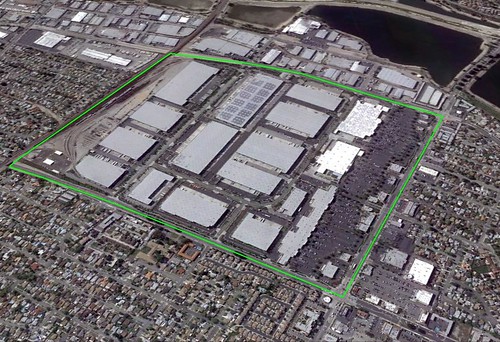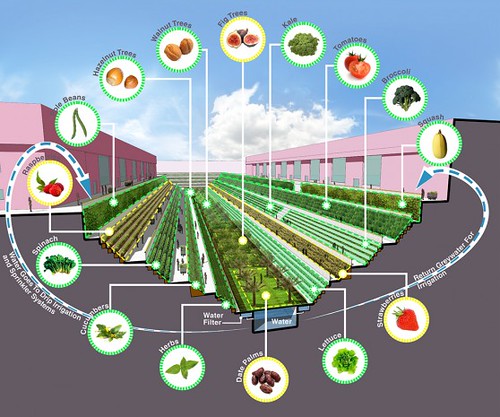How to turn shuttered suburban stores into sustainability showcases
<p>With all the talk about sustainable cities, it's important to remember that the concept can apply to suburbs as well as metro centers. Kaid Benfield explores a vision of green suburbia from two designers.<br /> </p>

[Editor's Note: With all the talk about sustainable cities, it's important to remember that the concept can apply to suburbs as well as metro centers. Kaid Benfield writes about retrofitting and repurposing former fixtures in suburban life -- now shuttered shopping malls, tired office parks and other disused sites -- and the vision two designers have to green part of a Los Angeles suburb.]
June Williamson, co-author of Retrofitting Suburbia, and landscape architect Anne Vaterlaus have designed a very appealing conceptual demonstration project in the LA suburb of Pico Rivera, on the edge of the San Gabriel Valley. The community is working class, 92 percent Latino, and relatively low-income. Air pollution levels are high.

Their proposal is conceptual, not real, at least not yet. But, if the site, now a big-box power center with a Walmart, Lowe's, Staples, and so on, isn't ripe for a new concept yet -- and I'm not saying that it isn't -- it's just a matter of time. Here's how Williamson describes it and the designers' concept:
"Pico Rivera Towne Center was a subsidized 'magic bullet' project that was cynically (or naively) conceived to fill municipal coffers with sales tax income while providing mostly low-wage jobs. It is now -- predictably, perhaps -- failing.
"We considered how this site might be retrofitted once again, with more resiliency, by introducing a retooled model based on production, designed around training, employing, housing, and feeding a local labor force in need of skills and opportunities. We propose replacing surface parking with transit-served inclusionary infill housing and a day labor station.
"We propose reusing big-box stores for vocational schools and training programs. We envision reinhabiting the massive warehouse buildings with green, clean energy R&D and local food-processing facilities serviced by spurs to the existing freight rail corridor. We also encourage growing food -- vertically, hydroponically, and in terraces -- within and around the warehouses, as well as expanding self-provisioning through community gardening at the river's edge."
This is hardly the first "Towne Center" that, really, is neither town nor center. America’s suburbs are full of “grayfields” and grayfields-to-be: malls and big-box stores surrounded by concrete parking lots, not built to last long and becoming abandoned or significantly downgraded as their initial uses run their course. They are horrible for the environment and horrible for communities when the first generation of stores moves on.
This is both a huge problem and a huge opportunity, as sites become available for recycling into better, greener uses. Kudos to Williamson and Vaterlaus for pointing the way. Their Pico Rivera design was originally featured in a blog by Williamson hosted by BMW Guggenheim Lab New York.
Charts of concepts for a suburban retrofit by June Williamson and Anne Vaterlaus. Aerial photo of neighborhood via Google Earth. All images via Switchboard.
This article originally appeared on the NRDC's Switchboard blog and is reprinted with permission.





